Home>diy>Building & Construction>What Is Welt Construction In Boots
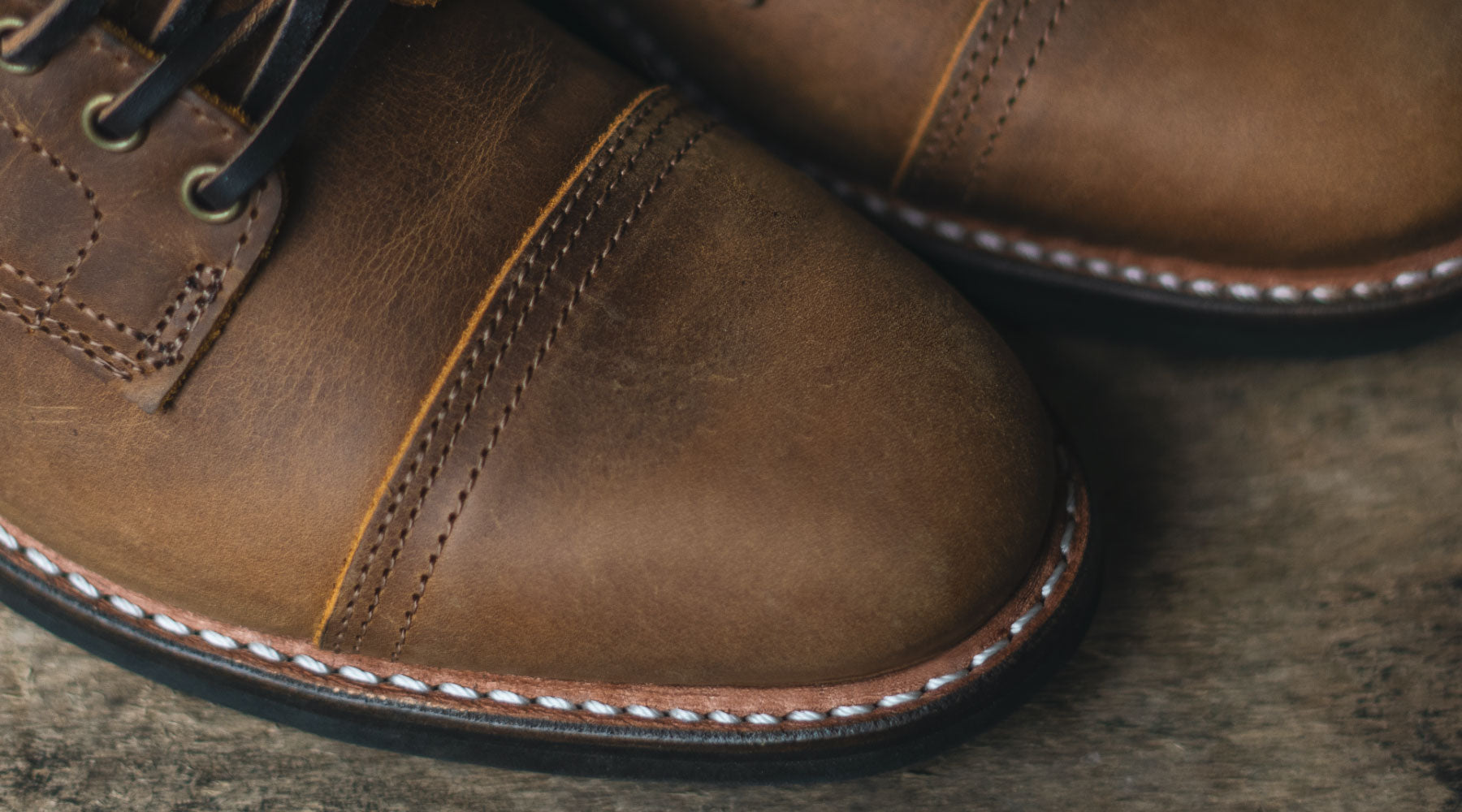

Building & Construction
What Is Welt Construction In Boots
Modified: December 7, 2023
Discover what welt construction is in boots and how it enhances durability and quality. Learn more about this essential aspect of building-construction in footwear.
(Many of the links in this article redirect to a specific reviewed product. Your purchase of these products through affiliate links helps to generate commission for Storables.com, at no extra cost. Learn more)
Introduction
When it comes to quality and durability in footwear, welt construction is a term that often surfaces. Welt construction refers to a specific method of building boots that has been employed for centuries, known for its strength, sturdiness, and ability to withstand harsh environments. This construction technique has become popular among boot enthusiasts and professionals alike, as it offers numerous benefits over other methods.
In this article, we will explore what welt construction is, its history, the different types of welt construction, the advantages it offers, and some popular brands known for incorporating welt construction into their boots.
So, whether you’re an outdoor enthusiast looking for reliable hiking boots or a fashion-forward individual in search of stylish and long-lasting footwear, understanding welt construction will give you a deeper appreciation for the craftsmanship and quality that goes into these boots.
Key Takeaways:
- Welt construction in boots, with its durable stitching and water-resistant seal, offers unmatched longevity and repairability, making it the go-to choice for those seeking high-quality, long-lasting footwear.
- Popular brands like Alden, Red Wing Shoes, and Tricker’s have solidified welt construction as a symbol of timeless style and exceptional craftsmanship, ensuring that wearers can trust in the performance and longevity of their boots.
Read more: What Are The Best Boots For Construction
What is Welt Construction?
Welt construction is a traditional method of building boots that involves the use of a leather strip, called a “welt,” which is stitched both to the upper part of the boot and the sole. This strip acts as a bridge, connecting the upper and sole together, providing stability and strength to the overall structure of the boot.
Unlike other construction methods, such as cementing or glued construction, welt construction is known for its durability and the ability to easily repair or replace components. This makes welt constructed boots highly sought after among those who prioritize longevity and value in their footwear.
One of the key features of a welt-constructed boot is the visible stitching that runs along the perimeter of the sole. This distinctive detail not only adds a touch of elegance to the boot but also serves as a seal for protection against water, dust, and debris. Additionally, welt construction allows for resoling, meaning that when the sole wears out, it can be easily replaced, extending the life of the boot.
Overall, welt construction provides a superior level of durability, stability, and versatility compared to other construction methods, making it a preferred choice for those looking for high-quality boots that can withstand the test of time.
History of Welt Construction in Boots
The origins of welt construction can be traced back to the 17th century in European countries such as England and Germany. Craftsmen and cobblers sought to create footwear that could withstand the tough conditions faced by workers and adventurers at the time.
It was during this period that Goodyear welt construction was first developed. Named after Charles Goodyear Jr., who patented the welt-sewing machine in 1869, this method revolutionized the way boots were made. The Goodyear welt provided a strong and waterproof bond between the upper, insole, and outsole of the boot.
In the late 19th century, another type of welt construction called the Norwegian welt emerged in Scandinavia. This construction method involved stitching the upper leather directly to the midsole, which was then stitched to the outsole. This created an incredibly durable and waterproof seal, perfect for the demanding conditions faced by seafarers and outdoor workers.
In the following decades, welt construction continued to evolve and gain popularity. Advancements in machinery and production techniques allowed for more efficient and precise construction, while the use of high-quality leathers and materials further enhanced the durability and comfort of welted boots.
Throughout the 20th century, welt construction maintained its prominence in the boot-making industry. It became synonymous with craftsmanship and reliability, attracting a loyal following of boot enthusiasts and professionals who recognized the superior quality and longevity of welt-constructed footwear.
Today, welt construction is still widely used in boot manufacturing, with both traditional and contemporary brands incorporating this method into their designs. From rugged work boots to stylish dress boots, welt construction continues to be valued for its timeless appeal, exceptional durability, and ability to withstand even the harshest of conditions.
Types of Welt Construction
There are several types of welt construction methods used in boot manufacturing, each with its own unique characteristics and advantages. Let’s explore some of the most common types:
- Goodyear Welt Construction: This is the most widely used welt construction method. It involves stitching a leather welt to the upper, insole, and outsole of the boot. The outer sole is attached using a separate welt stitch. Goodyear welt construction provides excellent water resistance, durability, and the ability to easily resole the boots.
- Norwegian Welt Construction: Also known as Storm Welt construction, this method is characterized by a visible double row of stitching that holds the upper, midsole, and outsole together. Norwegian welt construction provides exceptional waterproofing, as the upper leather is folded outwards and stitched to the midsole. This creates a watertight seal, making Norwegian welt construction ideal for wet and snowy conditions.
- Blake Stitch Construction: Unlike traditional welt construction methods, Blake stitch construction directly attaches the upper to the sole without the use of a welt. This results in a sleeker and more flexible boot. Blake stitch construction is known for its lightweight feel and flexibility, making it popular for dress boots and shoes. However, it may not offer the same level of resoleability as Goodyear or Norwegian welt construction.
- Cement Construction: Cement construction involves bonding the outsole directly to the upper with adhesive. While it is a more cost-effective method, cement construction can lack the durability and resoleability of welt construction. However, it allows for a more lightweight and flexible boot, making it suitable for certain types of footwear, such as athletic shoes.
Each type of welt construction offers distinct advantages and is suited for different purposes and preferences. Whether you prioritize water resistance, durability, or flexibility, choosing the right welt construction method for your needs is essential in finding a boot that will meet your expectations in terms of performance and longevity.
Welt construction in boots refers to a method where the upper, insole, and outsole are stitched together, providing durability and water resistance. Look for welted boots for long-lasting quality.
Benefits of Welt Construction in Boots
Welt construction offers numerous benefits that set it apart from other methods of boot construction. Here are some of the key advantages:
- Durability: Welt-constructed boots are known for their exceptional durability. The stitching and reinforced structure of welt construction provide a strong bond between the upper, insole, and outsole, resulting in a long-lasting and resilient boot. This construction method allows for easy resoling when the outsole wears out, further extending the lifespan of the boots.
- Water Resistance: One of the notable advantages of welt construction is its superior water resistance. The stitching and welt serve as a barrier, preventing water from seeping into the boots. Additionally, certain types of welt construction, such as Norwegian welt, offer even greater waterproofing capabilities, making them ideal for wet and rainy environments.
- Comfort and Fit: Welt-constructed boots often provide superior comfort and fit. The presence of a welt creates a flexible and supportive sole that contours to the shape of the wearer’s foot. This results in a more customized and comfortable fit, even after long hours of wear.
- Repairability: Another advantage of welt construction is the ease of repair and maintenance. When the outsole wears out or sustains damage, it can be easily replaced without affecting the rest of the boot. This means that you can enjoy your favorite pair of welt-constructed boots for many years by simply resoling them, saving you money in the long run.
- Timeless Style: Welt construction is often associated with timeless style and craftsmanship. The visible welt stitching adds a distinctive and classic touch to the boots, making them stand out in terms of aesthetics. This makes welt-constructed boots a versatile choice that can be dressed up or down, appealing to both fashion-conscious individuals and enthusiasts seeking a classic look.
Overall, welt construction offers a combination of durability, water resistance, comfort, and repairability, making it an excellent choice for those seeking high-quality and long-lasting boots. Whether you’re an adventurer braving rugged terrains or a professional looking for reliable and stylish footwear, welt-constructed boots provide the ideal balance of performance and style.
Read more: How To Clean Construction Timberland Boots
Drawbacks of Welt Construction in Boots
While welt construction offers numerous advantages, it is important to acknowledge that it also has a few drawbacks. Here are some potential limitations to consider:
- Higher Cost: Compared to boots made with cement or glued construction, welt-constructed boots generally come with a higher price tag. This is due to the additional materials, time, and craftsmanship required for welt construction. However, it is important to note that the initial investment is often justified by the durability and longevity of welt-constructed boots.
- Break-in Period: Welt-constructed boots, particularly those with a sturdy construction, often require a break-in period. The stiffness of the outsole and the structure of the boot may initially result in some discomfort or rubbing. However, as the boots mold to the shape of the wearer’s feet, they become more comfortable over time.
- Heavier Weight: Another potential drawback of welt-constructed boots is their weight. The use of a welt, thick outsoles, and sturdy construction can make these boots heavier than those made with other construction methods. This can be less favorable for individuals seeking lightweight footwear, especially for longer hikes or extended periods of wear.
- Less Flexibility: Due to the nature of welt construction, the boots may initially feel less flexible compared to boots made with cement construction or other methods. This can affect the ease of movement and overall comfort, particularly for individuals who prefer a more flexible boot.
- Limited Design Options: While welt construction offers timeless appeal and classic aesthetics, it may have more limited design options compared to boots made with other construction methods. The visible welt stitching and traditional construction techniques may not lend themselves to certain trendy or unconventional designs.
It is important to consider these potential drawbacks of welt construction when choosing your boots. However, it is essential to note that these limitations can vary depending on the brand, specific construction method, and personal preferences. Ultimately, weighing the advantages against the drawbacks will help you make an informed decision based on your specific needs and priorities.
Popular Brands known for Welt Construction
When it comes to welt-constructed boots, there are several reputable brands that have established themselves as leaders in the industry. These brands are known for their commitment to quality craftsmanship, durability, and timeless style. Here are a few well-known brands that are synonymous with welt construction:
- Alden: Alden is an American heritage brand that has been crafting welt-constructed boots since 1884. Renowned for their attention to detail and use of premium materials, Alden boots are highly sought after by boot enthusiasts and collectors worldwide.
- Red Wing Shoes: Red Wing Shoes has a long-standing history of producing rugged and durable welt-constructed boots. Founded in 1905, the brand is known for its commitment to quality and craftsmanship, making it a popular choice among workers and outdoor enthusiasts.
- Tricker’s: Tricker’s is a British brand with an esteemed reputation for welt-constructed footwear. Since its establishment in 1829, Tricker’s has offered a wide range of high-quality boots and shoes, favored by those seeking timeless style and exceptional durability.
- Church’s: Church’s is a renowned British footwear brand known for its elegant and timeless dress boots. With a heritage dating back to 1873, Church’s employs traditional welt construction techniques to create refined and luxurious boots suitable for both formal occasions and everyday wear.
- Carmina: Carmina is a Spanish brand that combines modern design with traditional welt construction methods. With over 150 years of shoemaking experience, Carmina produces handcrafted boots that are recognized for their impeccable quality and attention to detail.
These brands represent just a few examples of the many reputable and respected manufacturers that prioritize welt construction in their boot offerings. It is worth exploring the collections of these brands, as well as other esteemed manufacturers, to find a pair of welt-constructed boots that align with your style preferences and performance needs.
Conclusion
Welt construction is a time-honored method of building boots that has stood the test of time. Its durability, water resistance, repairability, and timeless style have solidified its place as a preferred construction method among boot enthusiasts and professionals.
Throughout history, welt construction has evolved and diversified, offering different types such as Goodyear welt, Norwegian welt, Blake stitch, and cement construction. Each method has its own advantages and considerations, allowing individuals to find the right balance between performance, style, and cost.
While welt construction brings numerous benefits, it is important to be aware of potential drawbacks, such as the initial break-in period, weight, and limited design options. However, these limitations can often be outweighed by the durability, comfort, and ability to easily repair and maintain welt-constructed boots.
When it comes to choosing welt-constructed boots, popular brands like Alden, Red Wing Shoes, Tricker’s, Church’s, and Carmina have established themselves as leaders in the industry. Their commitment to quality craftsmanship and use of premium materials ensures that buyers can trust in the longevity and performance of their footwear.
In conclusion, welt construction offers a winning combination of durability, water resistance, repairability, and timeless style. Whether you’re braving the great outdoors or looking to elevate your fashion game, welt-constructed boots provide the ideal blend of functionality and aesthetics. So, invest in a pair of welt-constructed boots and experience the enduring quality and craftsmanship that will accompany you on countless adventures.
Frequently Asked Questions about What Is Welt Construction In Boots
Was this page helpful?
At Storables.com, we guarantee accurate and reliable information. Our content, validated by Expert Board Contributors, is crafted following stringent Editorial Policies. We're committed to providing you with well-researched, expert-backed insights for all your informational needs.
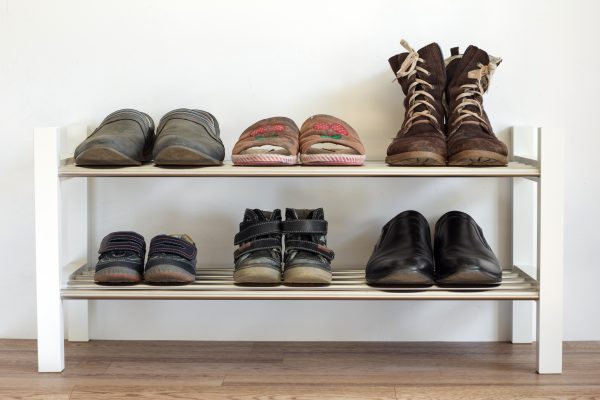
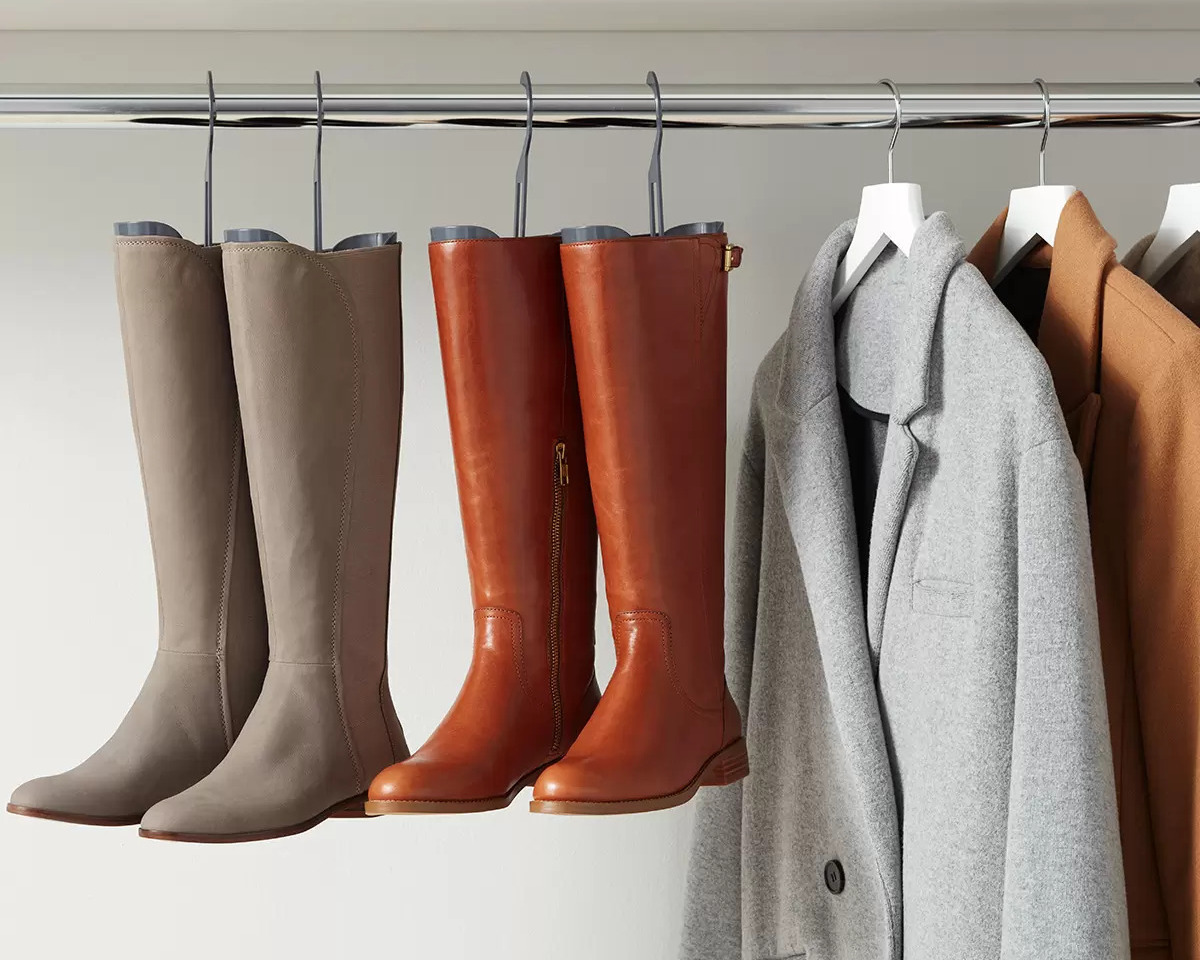
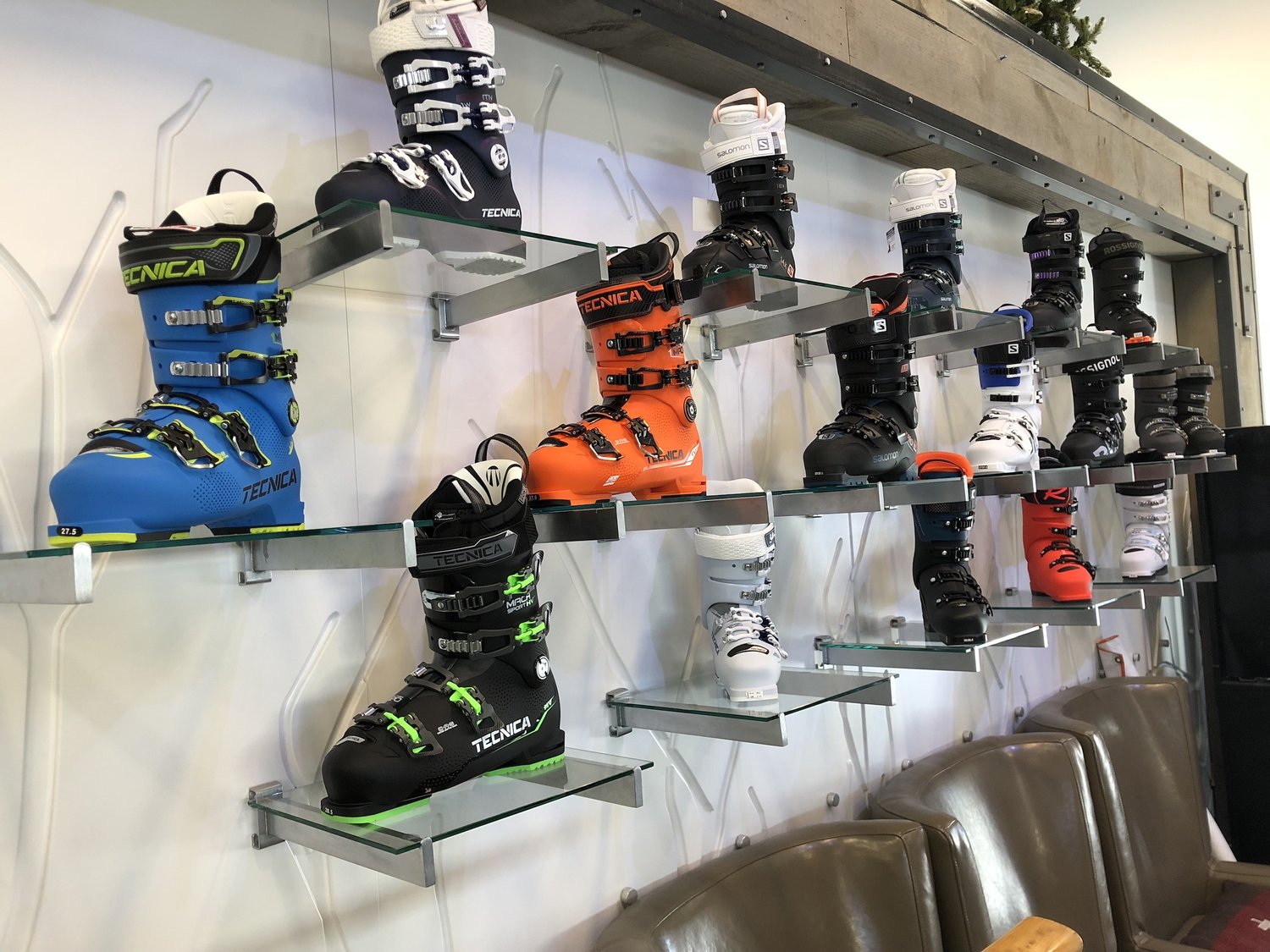
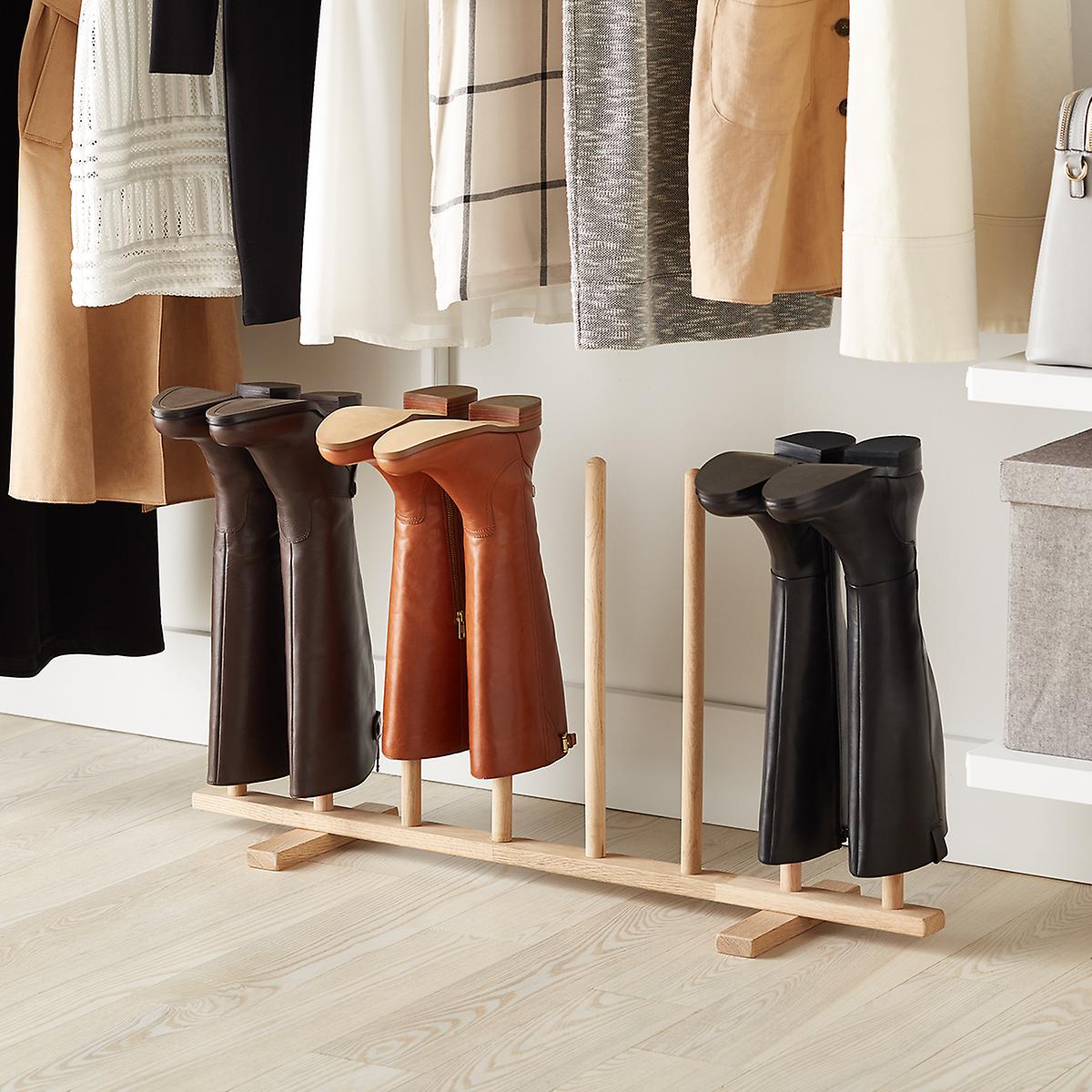
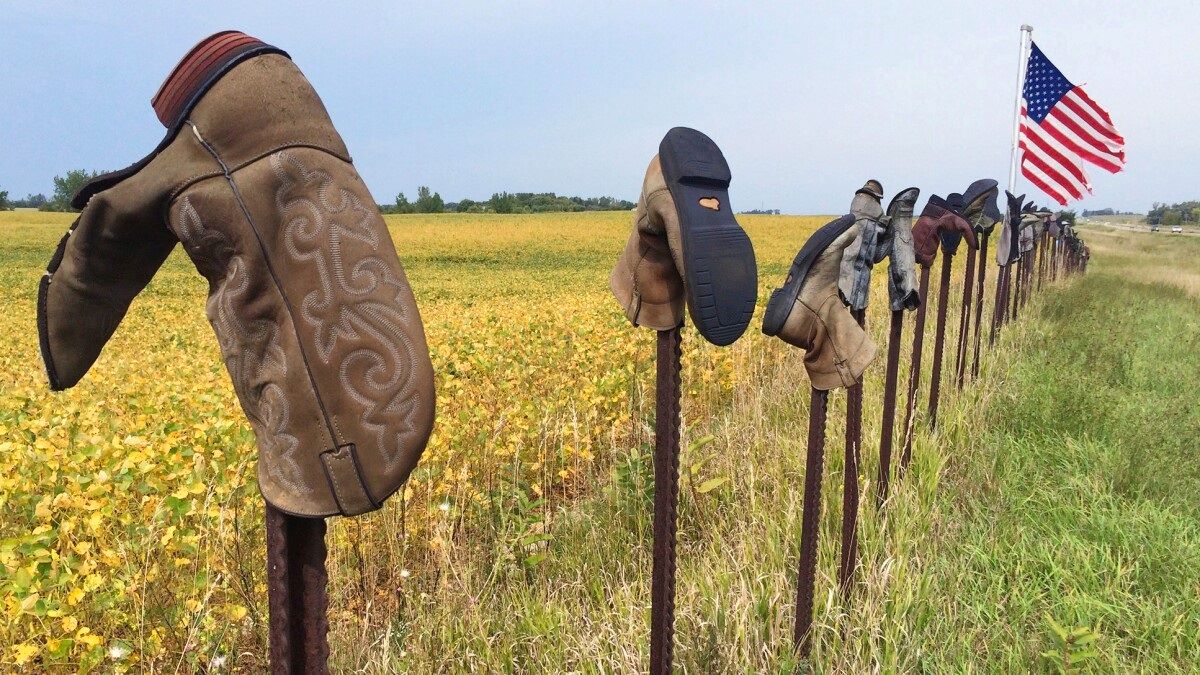

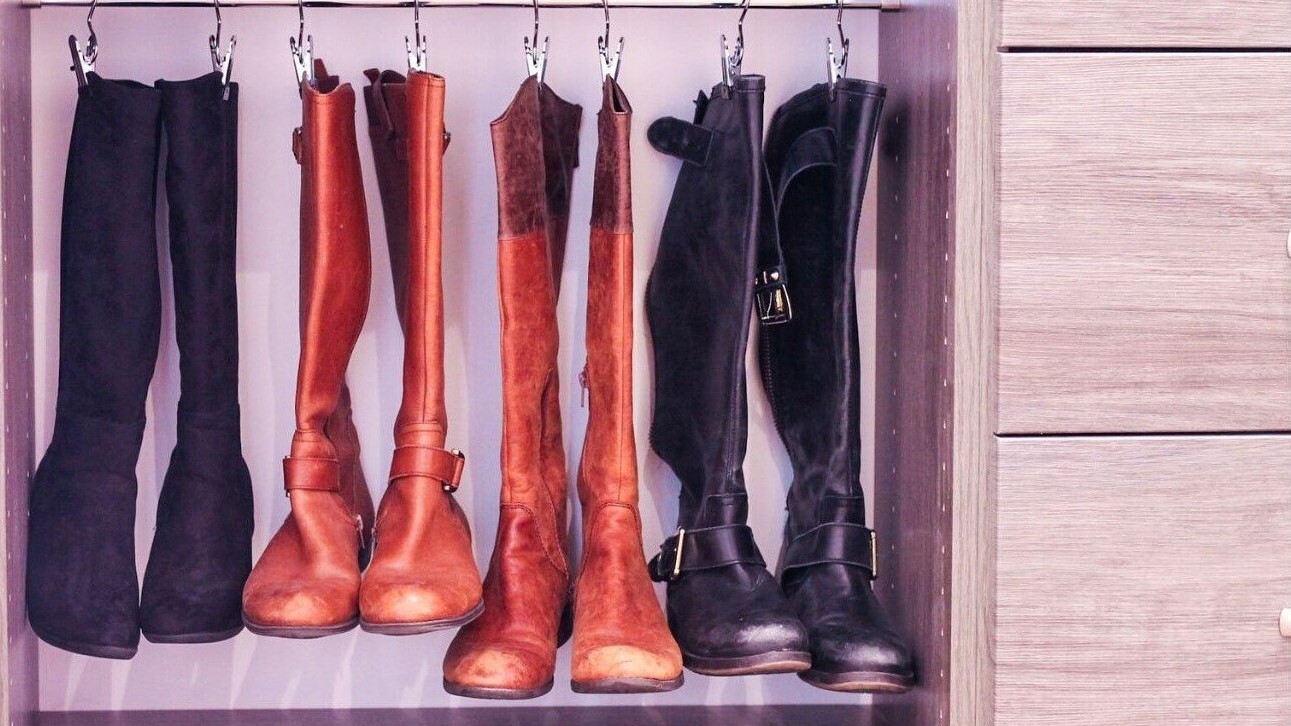
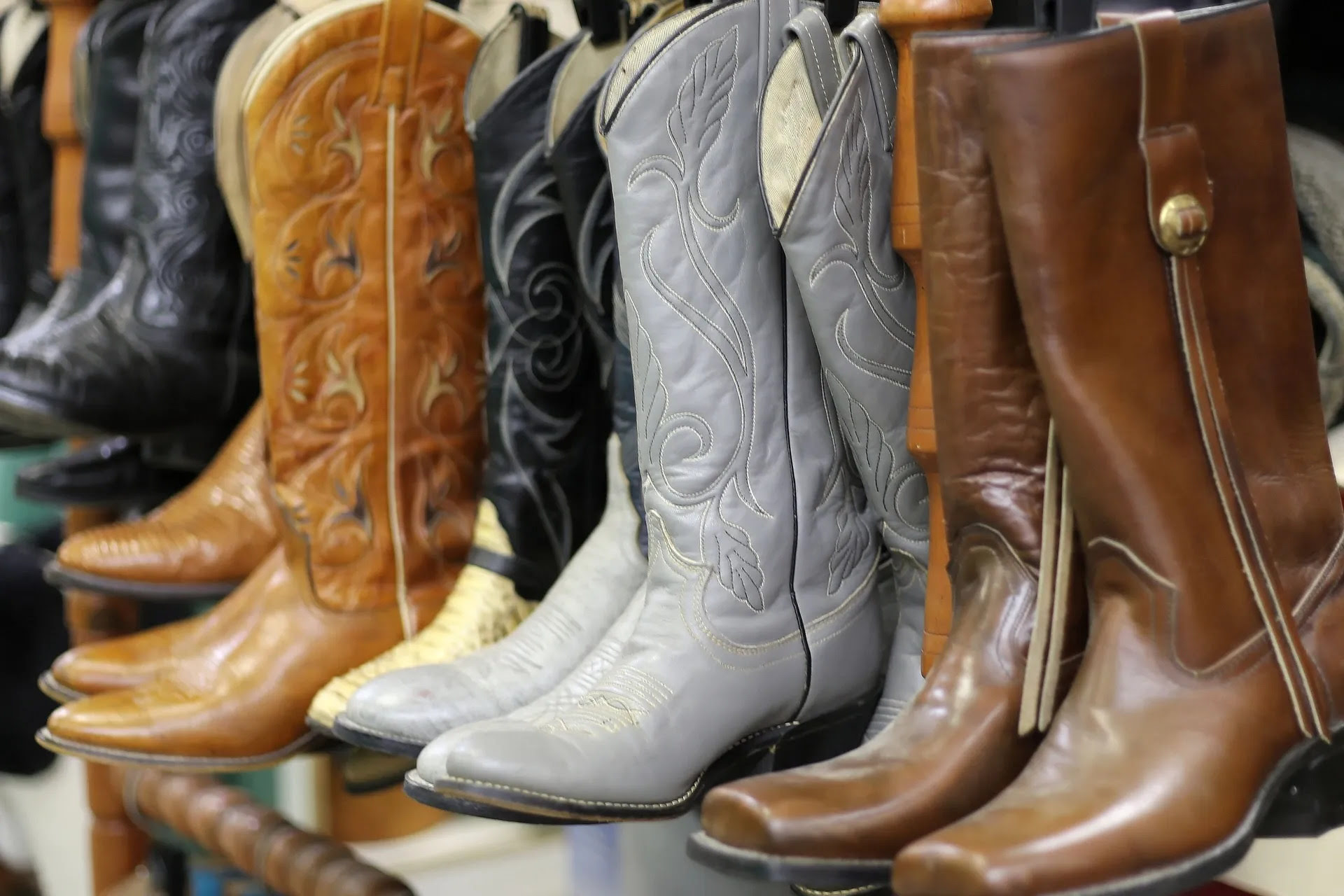
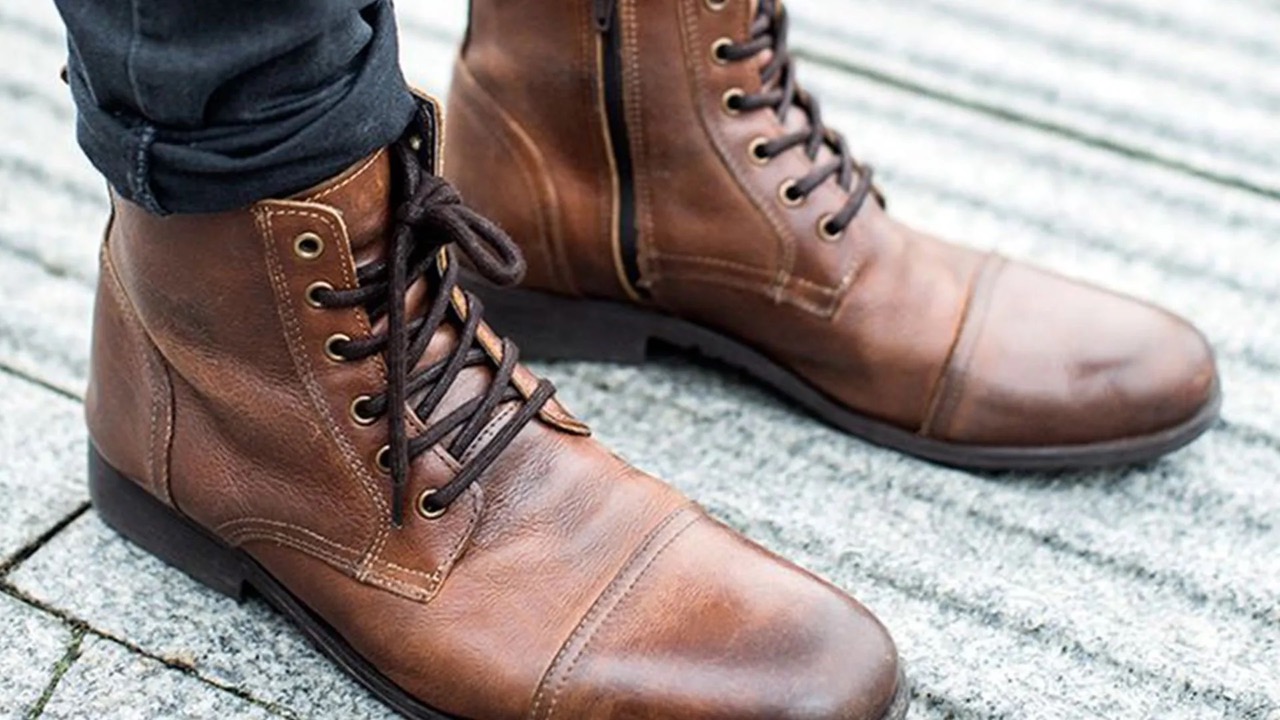
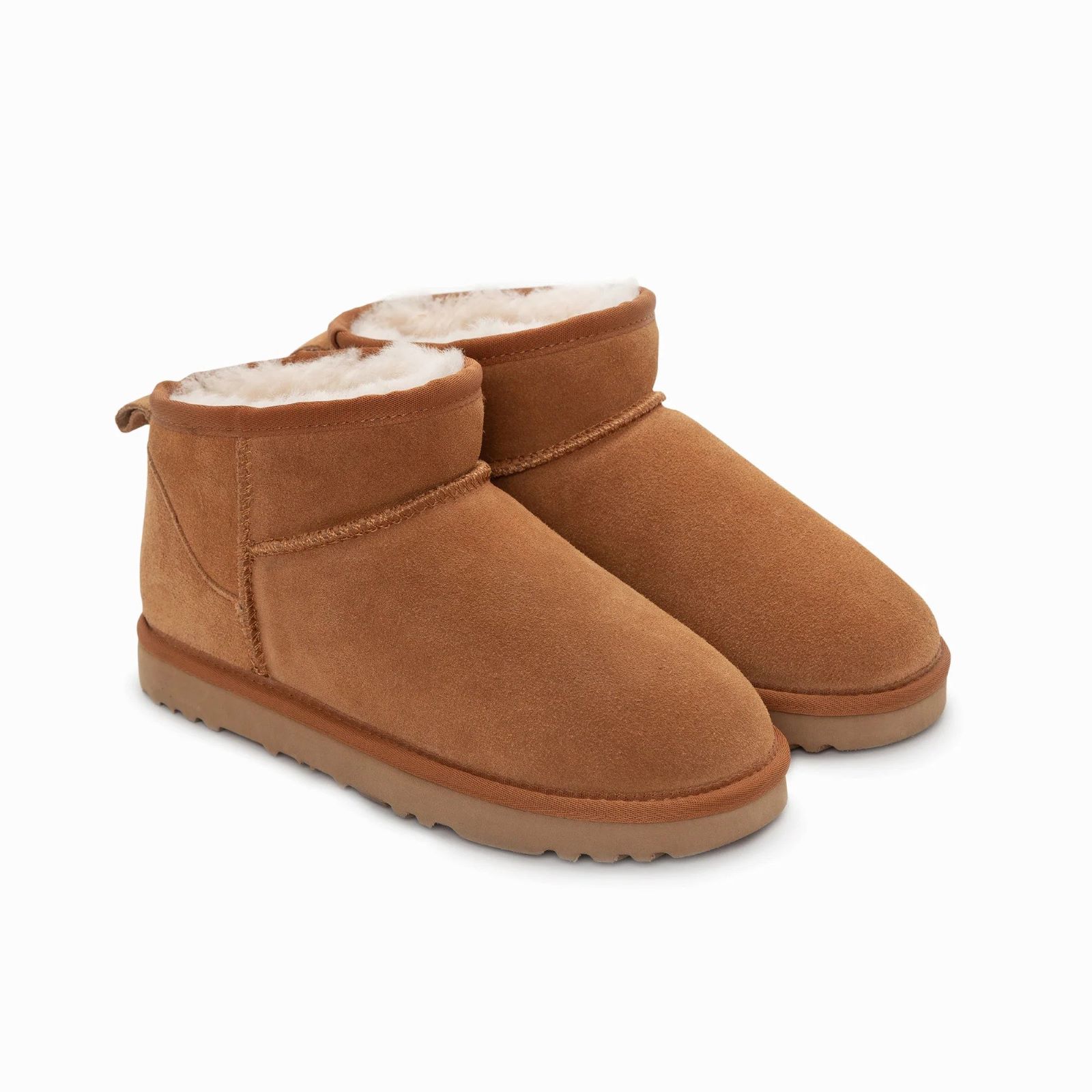
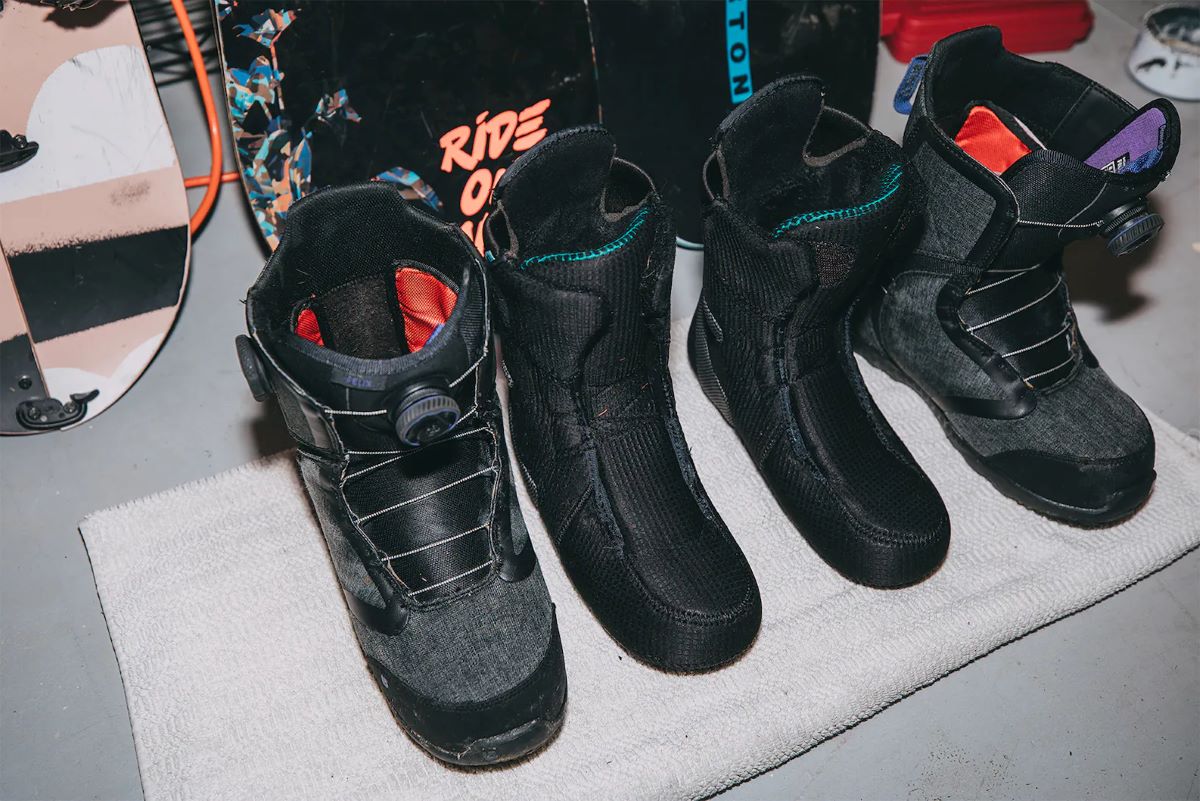

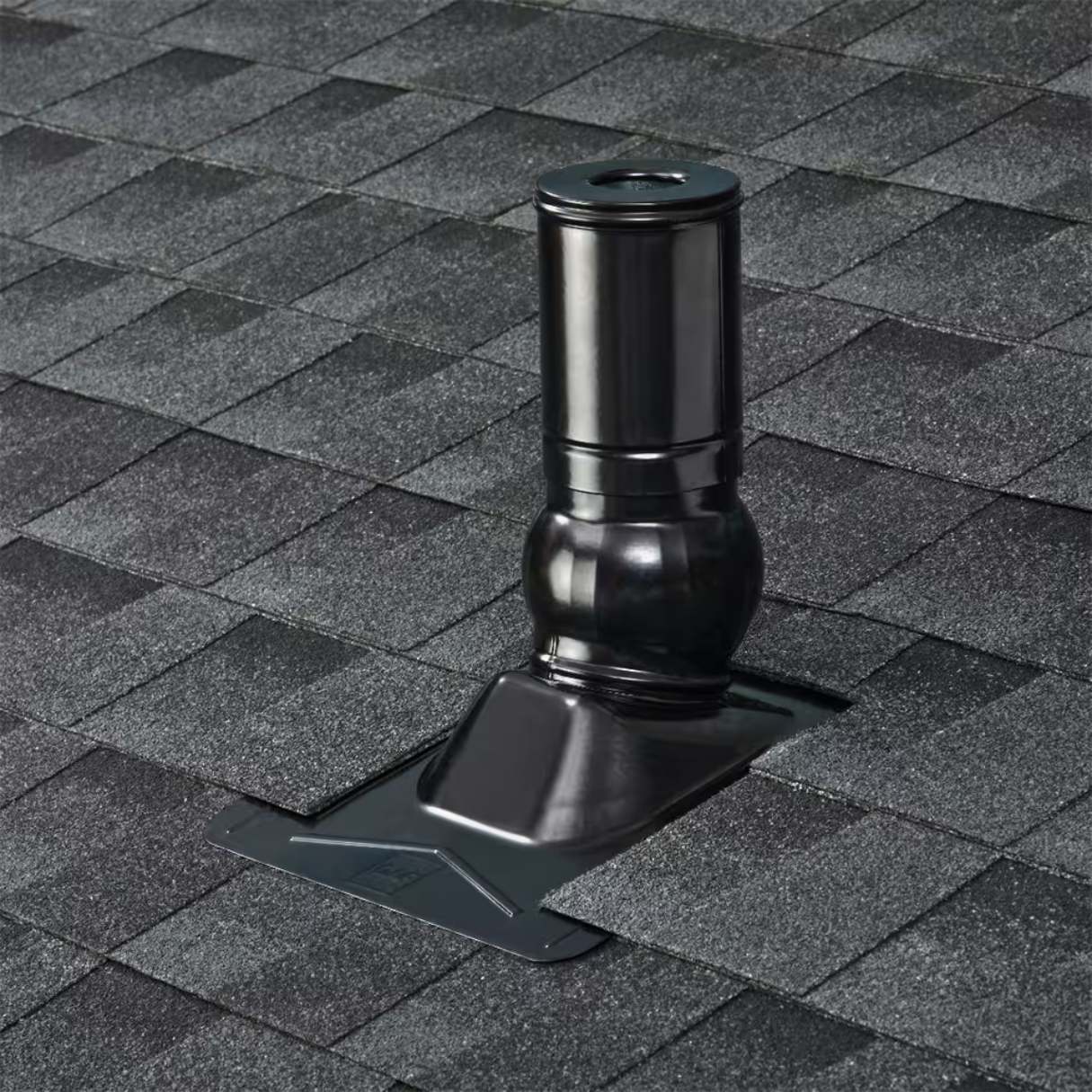
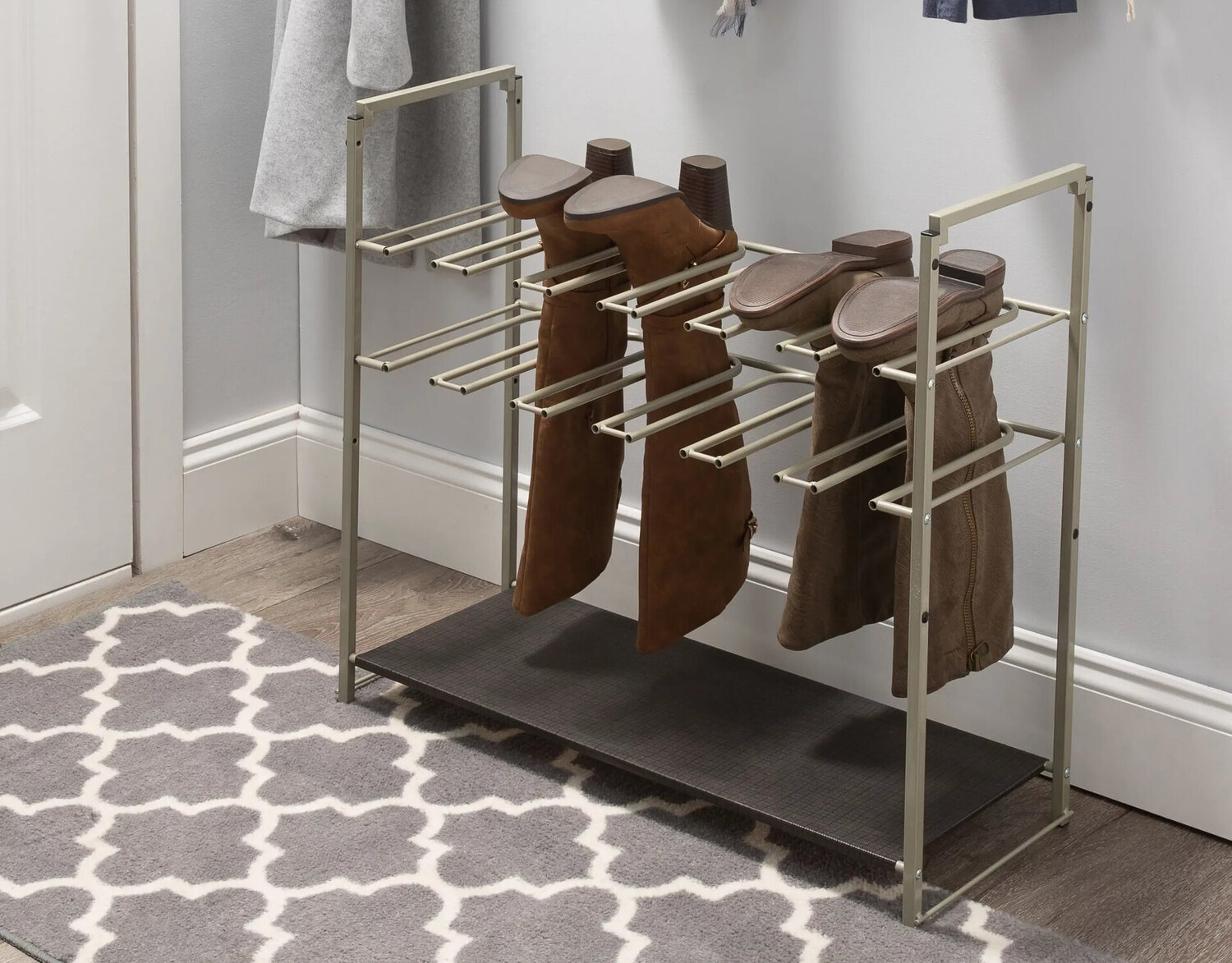

0 thoughts on “What Is Welt Construction In Boots”